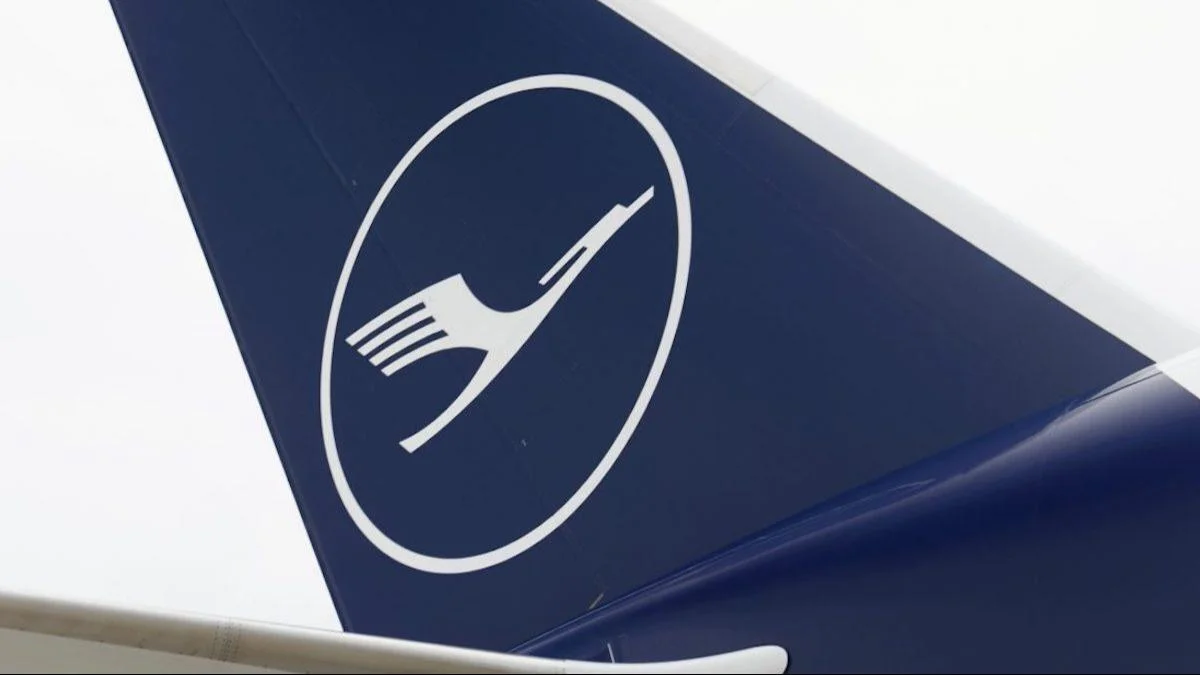The Airbus Beluga is renowned for its distinctive whale-like design, a feature that aids in the transportation of large aircraft components. Originally called the Airbus A300-600ST Super Transporter, this cargo plane has been instrumental in moving oversized items like Airbus A350 wings and military equipment. In 2022, Airbus opened its Beluga fleet to commercial clients but later ceased this service.
Boeing's 377 Stratocruiser influenced the Beluga's development. Boeing's 'Guppy' aircraft, adapted by Aero Spacelines from the Stratocruiser, became part of Airbus' history and led to the creation of the Beluga. John Conroy and Lee Mansdorf initiated the Guppy project to assist NASA with transporting parts for its space program. The first conversion was the 'Pregnant Guppy', which had an enlarged fuselage and detachable rear to accommodate large cargo.
The Super Guppy succeeded the Pregnant Guppy, providing NASA with significant cost savings on transport. However, when NASA's need decreased after Apollo ended, Airbus acquired two Super Guppies in the 1970s. These planes supported Airbus’ production needs until they developed their own Beluga in the early 1990s.
 Alerts Sign-up
Alerts Sign-up


















